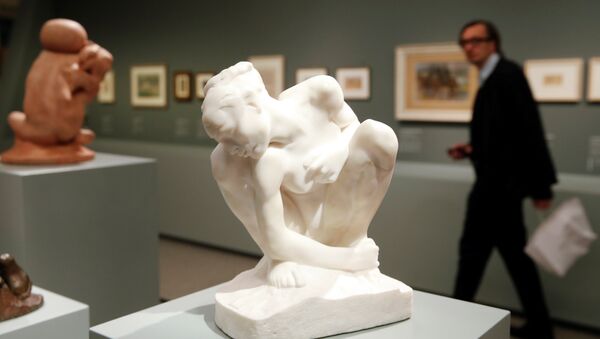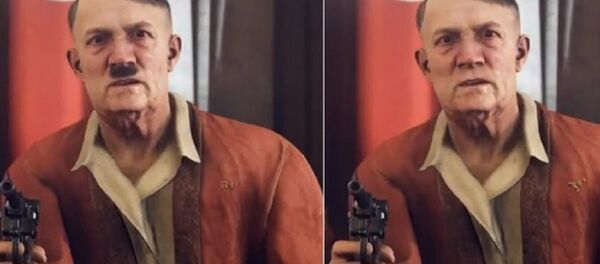The works, 1,500 in all, were obtained by art dealer Hildebrand Gurlitt, who was hired by Nazi authorities to sell artworks collected from museums and collectors. Though the pieces are typically described as being looted from Jewish families, the depiction is misleading, says Rein Wolfs, the director of the Federal Art Gallery in Bonn.
"This was a long bureaucratic process forcing Jewish owners to sell artwork they owned," Wolfs told the BBC. "For some it became a sort of Departure Tax, which meant they were permitted to leave the country for South America or wherever. Eighty years later the question is: which parts of the Gurlitt hoard came from that source?"
The Bonn, Germany, exhibition is running alongside a second exhibition in Bern, Switzerland. According to Wolfs, the German gallery is shedding light on the process of how Nazi figures specifically acquired the paintings and on the stories of the rightful owners — many believed to have died during the Holocaust.
The second running focuses on the issue of "degenerate art," which the Nazis wanted to erase from German culture, the outlet reported.
"The Nazis wanted to remove all Modernist works from public galleries and museums, they held Modernism to be against German values," Wolfs said. "It was a ruthless attempt to eradicate what they mistrusted and hated and there's an obvious parallel with the Holocaust."
According to the director, the investigation so far has revealed that a total of six pieces from Gurlitt's collection had indeed been looted. Others may also be identified as stolen goods as curators continue their search.
The Gurlitt collection contains art from Monet, Duerer, Beckmann and Brueghel, according Channel News Asia.
The works, inherited by Cornelius Gurlitt in 1956 when his art dealer father died, were left to Switzerland's Kunstmuseum Bern when Cornelius died in May 2014, Reuters reported. But the handover to Switzerland wasn't a simple transition that involved a UPS delivery.
Stefan Koldehoff, an established art expert, told the BBC that before any of the works could be sent, a team of researchers had to confirm how each work was acquired by Hildebrand.
"Germany has said it won't release works to Switzerland until every doubt about their history is gone. A whole team is working to achieve this. But as I understand it there are around 400 cases where it's proving very hard or impossible to come up with any answers," Koldehoff added.
"Hard or impossible" indeed. Per Wolfs, archives detailing the previous owners of certain paintings are either missing or no longer exist.
A total of $7.6 million has been allocated by the German government to find the original owners, Reuters reported.
Authorities were first made aware of the collection in 2012 when German officials, investigating Cornelius in a tax case, found the paintings stored in Cornelius' Munich home, WPXI noted. The Bonn gallery will be on display until March 11 and the Bern exhibition until March 4.




